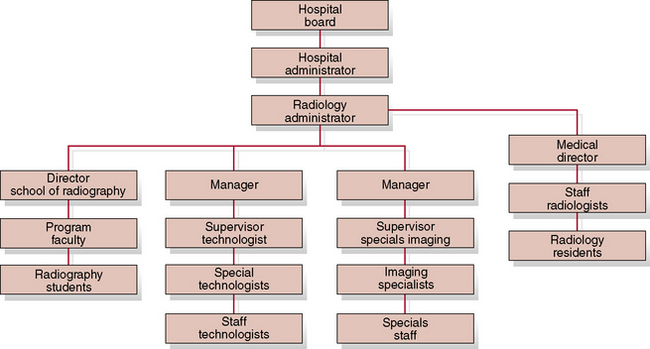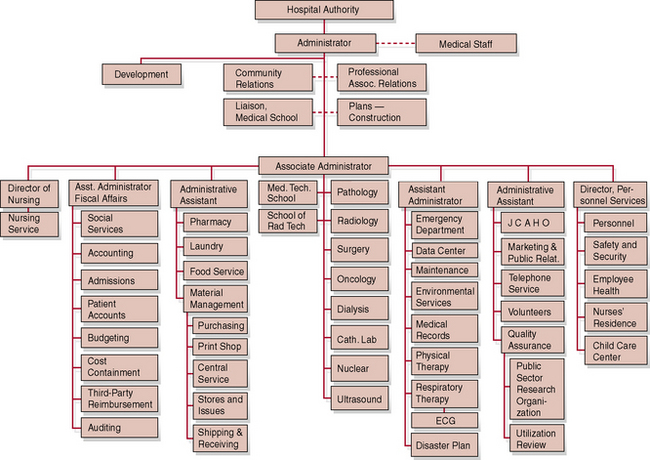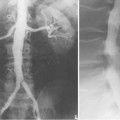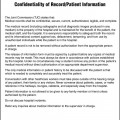CHAPTER 15 On completion of this chapter, you should be able to: • Describe the role of the hospital administrator. • Describe the role of the radiology administrator. • Describe the role and function of the policy and procedures manual. • Construct a radiology organizational chart. • Describe how requests for radiology services are made and received. • List essential procedures and policy items included in the procedures manual. • Describe the rationale for in-service education programs. • Describe the rationale for a quality assurance program. • Explain the role of The Joint Commission. • List the factors that determine the selection of radiology equipment. The physician director and the radiology manager staff have the following responsibilities: 1. Participation in medical staff activities as required 2. Establishment of an effective working relationship with the medical staff, the administration, and other departments and services 3. Development and approval of all policies and procedures for the radiology department 4. Verification of the qualifications and capabilities of all radiology staff technical personnel 5. Development of comprehensive safety rules in cooperation with the hospital safety committee 6. Review and evaluation of the quality and appropriateness of radiologic services 7. Advisement of the medical staff and administration of equipment needs, modification, and utilization Chapters 23 and 24 provide the American Society of Radiologic Technologists (ASRT) position description, which is a term that is synonymous with “job description” but that encompasses a broader scope of activities. Notably, however, this terminology is not standardized and may vary from institution to institution. A position description similar to the ones listed here may carry a different title and may occupy a different place on an organizational chart. Organizational charts and departmental flowcharts establish clear lines of authority, responsibility, and accountability to provide proper spans of control, create appropriate independence of operations, and define administrative record-keeping responsibilities (Figs. 15-1 and 15-2). A plan for internal control should be implemented. This plan establishes the methods and procedures necessary to safeguard assets, monitor the accuracy and reliability of accounting data, promote managerial efficiency, and encourage adherence to managerial policy.
Organization and Operation of the Radiology Department
Administration and staff responsibilities
Policies and Procedures
Flowcharts and Organizational Charts
Organization and Operation of the Radiology Department











